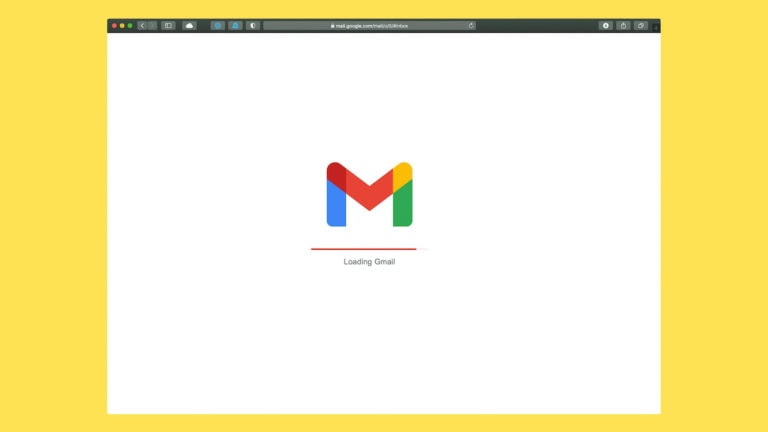What is Brand Association and How To Harness Its Power.
“It’s not about what you sell but what people feel when they think of you.”
What makes you pick one brand over another in a world saturated with options and inundated with marketing messages?
Why do some brands evoke strong emotions within you, compelling loyalty even when a competitor might be offering something objectively better?
The secret often lies not in the product or service itself but in our brand associations.
From Dyson’s promise of cutting-edge efficiency to the comforting, familiar experience of sipping a Starbucks coffee, brand associations play a pivotal role in shaping consumer perceptions, preferences, and decisions.
Let’s dive and take a deeper look at what brand association is and what you can do to strengthen your brand association in the minds of consumers.
Key Takeaways (TLDR)
- Brand association is not just about what a brand sells but the emotions, memories, and narratives it evokes.
- Brands create associations through functional, symbolic, and experiential elements.
- Factors include the quality of products/services, effective marketing, consumer experiences, celebrity endorsements, and visual elements like logos and packaging.
- While positive brand associations can uplift a brand, a single negative incident can cause significant damage to a brand’s reputation.
- Consistency, listening to consumer feedback, authentic storytelling, transparency, and aligned collaborations are essential for fostering strong, positive brand associations.
What is brand association?
At its core, brand association is the intangible emotions, memories, qualities, and narratives that are triggered when we hear a brand’s name.
Just as people are defined by their appearances, actions, and stories, brands also find their essence in the feelings they evoke.
That is why people often speak emotionally about what people associate brands with. If they are familiar with your brand, they often either love it, are indifferent, or hate it. Those who love or hate it are often the loudest voices speaking about your brand to others.
Tips For Understanding Brand Associations from today’s top brands.
Now let’s dive into understanding brand association and discover why it is so important and what you can do to:
- Strengthen your positive brand associations.
- Create long-lasting positive impressions that are hard to change.
- Avoid major negative brand associations.
When someone asks you what you think of a particular brand like Apple, Nike, or Bose, or maybe a product associated with a brand such as an iPhone or some Yeezy 350s and even Disneyland, the first thing that will likely come to mind is feelings.
That feeling can have varying degrees of positive or negative emotion. If you personally had a bad experience with a product, for example, a Dell laptop, then all the words that come out will be bad. If you had a good experience with it, your feeling would be the opposite.
Pretty common sense, right? That’s why, as bestselling author Jonah Berger says, “Top of mind means tip of tongue.”
There are individual brand associations and collective brand associations. The individuals are like you and me, trying to change the balance of the collective brand association.
The more people we talk to and share our individual brand associations with others, the more we tip that balance toward how others look at the brand, either positively or negatively.
But it doesn’t have to be our own experience either. Seeing or hearing about something new can instantly change our brand associations if they are compelling enough.
For example, you might love eating at a particular restaurant but suddenly hear that they have had some food poisoning incidents. That may or may not be enough to change your brand association.
That’s the second important thing about brand associations. It is harder to change if a brand’s association is strong and embedded in people’s feelings and memories. It’s just human nature.
If you’ve been telling all your friends how great something is for years, and suddenly someone says it sucks, It makes you feel like you were lying to other people all this time, so most people get defensive.
Sometimes, it even strengthens that brand association. Just look at how hard it is to change people’s minds about political parties.
We’ve got great examples below that will help you not only understand the concepts but also help you see how these well-known brands have built up their brand associations, the good, the bad, and even the ugly ones.
Types of brand associations
Understanding brand association is like understanding the layers of human relationships. Functional associations are based on the practical benefits a brand offers—it’s the ‘what’ of the brand.
Symbolic associations tap into our desire for self-expression, reflecting how we want the world to see us. Meanwhile, experiential associations dive deep into the ‘how’ of the brand.
The experiences and emotions a brand gives us. Together, they create a holistic, positive image of a brand, painting a picture that is more effective than any advertisement could be.
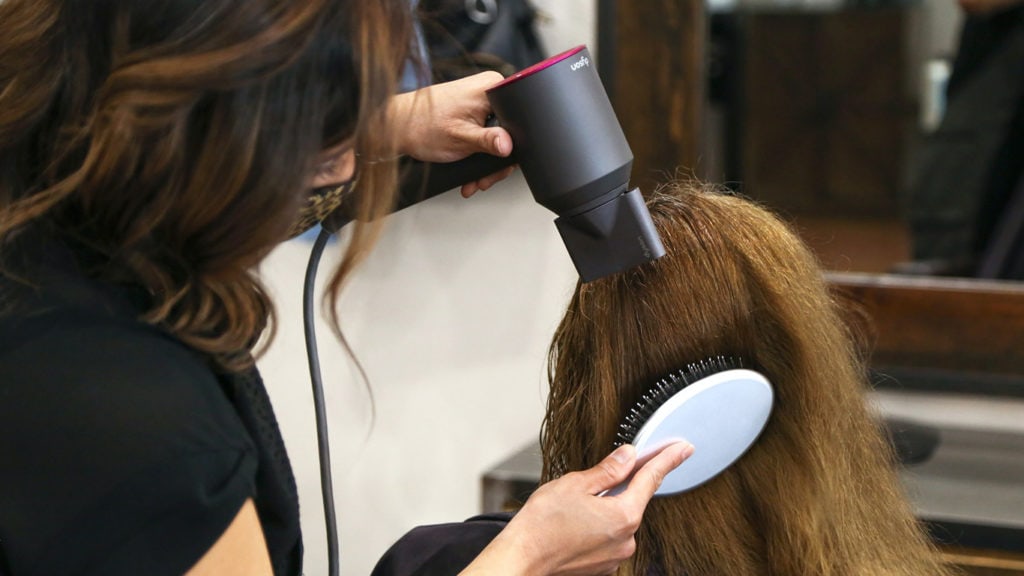
Functional Brand Associations
At its core, every brand seeks to solve a problem or cater to a specific need. Think about Dyson. The brand isn’t just about vacuum cleaners, fans, or hair dryers; it’s about powerful, innovative technologies.
Their products promise to offer superior functionality with their cutting-edge technology, addressing the fundamental need for efficient home cleaning or personal accessories.
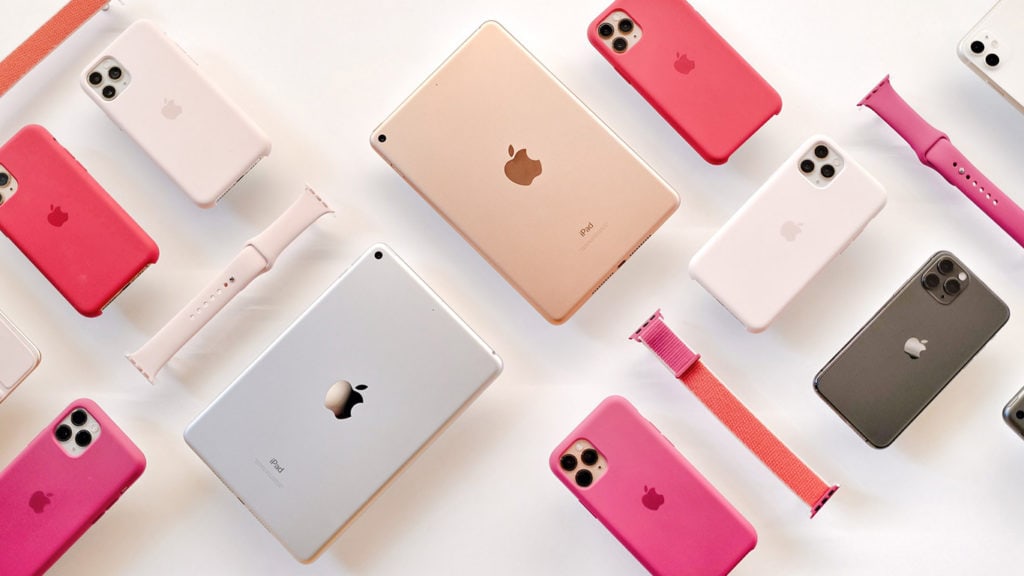
Symbolic Brand Associations
Brands often resonate with us personally, serving as an extension of our identities.
Consider Apple. Beyond the high-quality electronics, owning an Apple product has, for many, symbolized innovation, sophistication, and a certain lifestyle or status.
The iconic Apple logo on the back of a laptop or phone tells the world something about the user’s preferences and aspirations.
Ask yourself this. Why do so many college students buy a Macbook for school rather than a Windows laptop, which is likely more affordable and powerful?
Part of it could be because so many people buy Apple as a status symbol to look and feel cooler, hip, or even snobby.
And because so many people have one on campus, most other people don’t want to be the odd ones out.
In this case, the product acts as a symbol that reflects your social status. Are you the rich, cool kid with the Apple Macbook or the poor, weird kid with the Windows laptop?
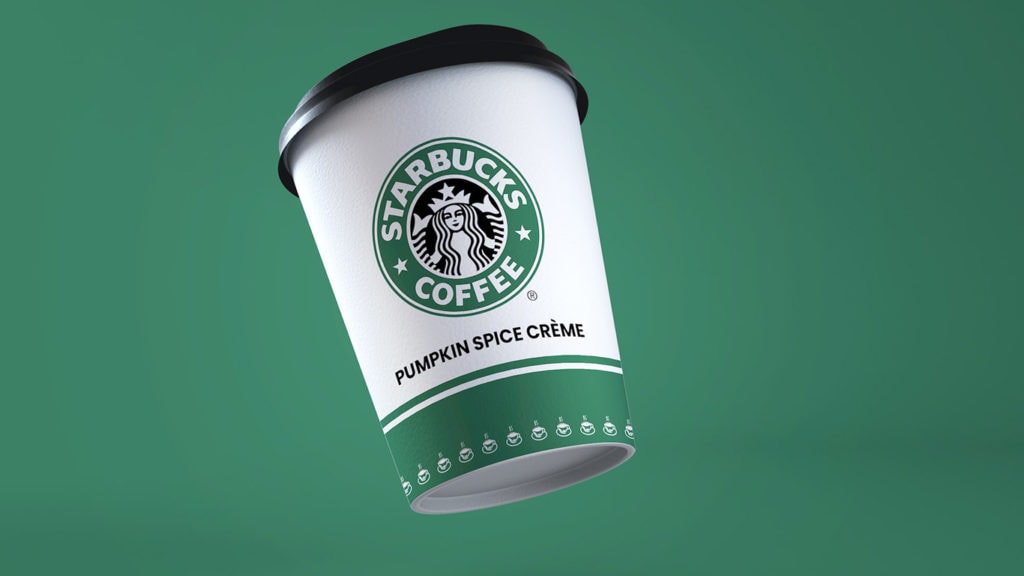
Experiential Brand Associations
Sometimes, the feeling, the experience of a brand, often sets it apart. Starbucks is a good example of this. While they do sell coffee and a lot of it, what Starbucks sells is an experience.
The ambiance of their stores, the familiarity of ordering a customized drink, and the comfort of a corner to work or chat.
These experiential aspects have made Starbucks a global phenomenon. It’s not just about the coffee; it’s about how visiting Starbucks makes you feel.
In essence, while functional associations lay the foundation, the blend of symbolic and experiential associations builds a brand’s persona, making it relatable, desirable, and unforgettable in the consumer’s mind.
Is there a difference between the guy at a Starbucks drinking his pumpkin spice latte while working on his Apple MacBook and the guy at a McDonald’s drinking a 24-ounce black coffee working on his Windows laptop?
Brands make you feel a certain way because they affect how others think and feel about you.
Importance of Brand Association
In a world saturated with products, services, and endless choices, it’s not enough to just “be.” What truly matters is the “why.” Why should a consumer pick your brand over another? What makes your brand resonate and stick with them?
Aside from what we mentioned above about how it makes us feel and how others feel about us, it also helps us make decisions more easily.
Emotional connection between customers and the brand.
Emotions, often more than logic, drive humans. We buy products not just for their function but also for the feelings they give us.
When consumers think about a brand and are filled with joy, trust, or nostalgia, that brand has successfully established a potent emotional association.
It’s this connection that transcends transactions and builds genuine loyalty.
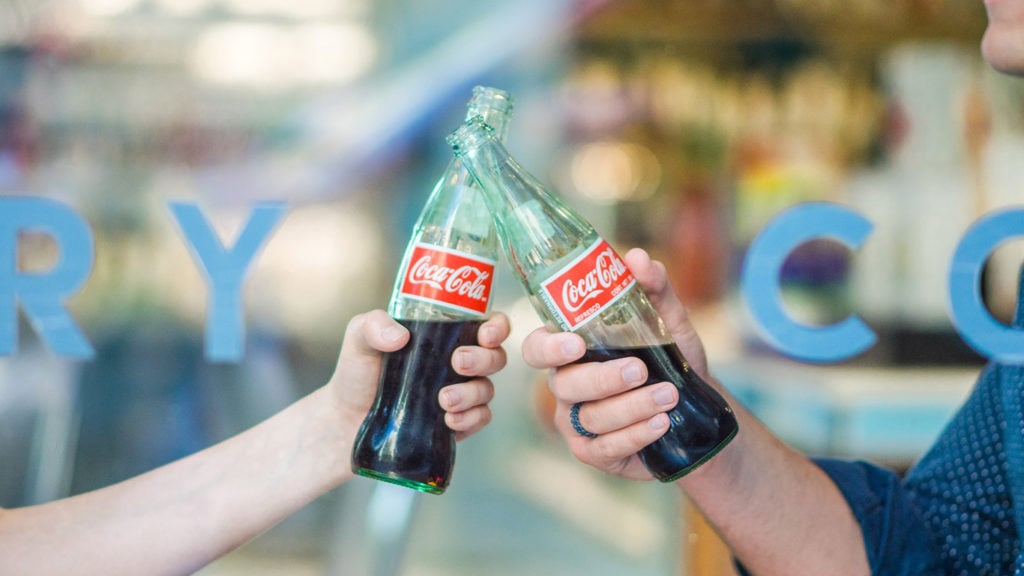
Take Coca-Cola as an example. Beyond its taste, Coca-Cola has built emotional associations worldwide.
From its Christmas advertisements featuring heartwarming stories and the iconic image of Santa Claus to its slogans like “Open Happiness,” the brand has positioned itself as a symbol of joy, togetherness, and celebration.
People don’t just consume Coca-Cola; they experience it. Many can recall sharing a Coke at special family gatherings or the feeling of sipping a cold Coca-Cola on a hot summer day.
This deep emotional resonance is clear in how people react to Coca-Cola as more than a beverage.
It’s a part of memories, traditions, and moments of joy. Coca-Cola’s consistent message of happiness and unity, combined with its long-standing history, ensures that, for many, the brand evokes strong feelings of nostalgia, comfort, and trust.
As a result, the bond between Coca-Cola and its consumers goes beyond the simple act of quenching thirst; it’s about being part of shared memories and experiences.
How brand associations drive consumer decision-making.
Every decision we make, consciously or subconsciously, is influenced by many factors. Brands don’t just sell products; they sell experiences, stories, and aspirations.
When consumers associate a brand with quality, innovation, or reliability, they are likelier to choose it over competitors.
The power of these associations subtly guides consumers’ hands and hearts toward a purchase.
A Brand Association Case Study on Automotive Brands
In 2006, I conducted a study as part of a University of California Irvine research project titled “Shared Semantic Structures of Automobile Brands Among US Residents,” which created a mental map of brands through word associations.
The study found that consumers consistently and overwhelmingly classified automobile brands by country of origin and perceived luxuriousness.
They often associated European automobile brands with higher luxuriousness. While Asian and American cars both were associated with lower luxuriousness.
This study implied that the brand’s perceived origin strongly affected how people perceived the brand in terms of brand associations.
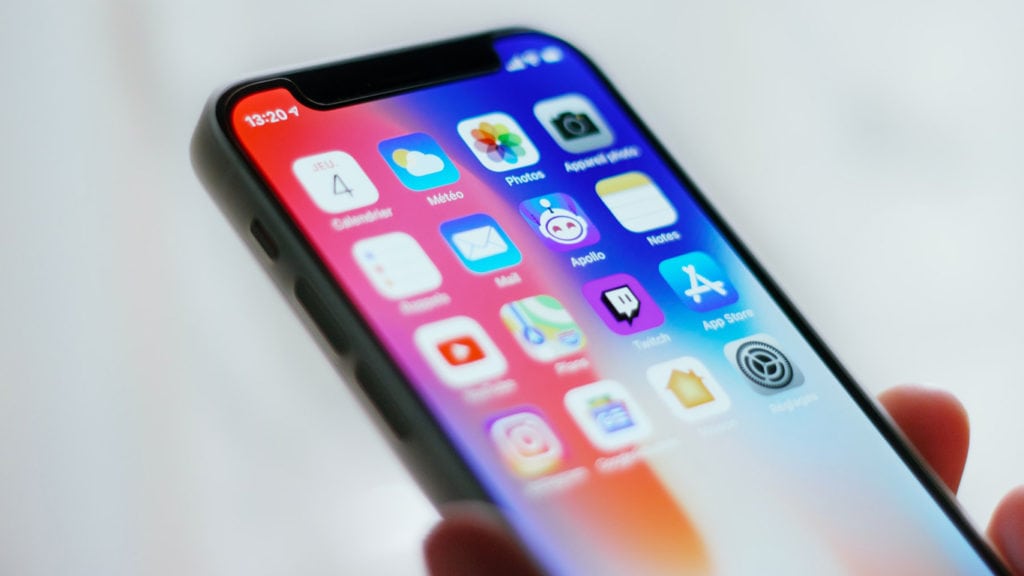
Consider Apple, one of the most recognizable brands worldwide. Apple isn’t just selling technology products; it’s selling a story of innovation, simplicity, and premium design.
Think about the lines outside Apple stores whenever a new iPhone launches or the hype surrounding their product announcements.
Why do millions of consumers worldwide spend a significant amount on Apple products when cheaper alternatives exist? It’s not just the product specs but also the brand association.
Consumers associate Apple with cutting-edge technology, elegance, and a status symbol. It’s the experience of unboxing a new device, the sleek design, the ecosystem, and even the subtle prestige of owning an Apple product.
Over the years, Apple has built a strong brand association around innovation, reliability, and luxury. This association is so powerful that it often sways consumers’ decisions, prompting them to choose Apple over more economical options.
The underlying sentiment is clear: people aren’t just buying a phone or a laptop; they’re buying into the Apple experience and everything it represents.
The role of brand association in differentiating products/services in a saturated market.
In a marketplace filled with similar voices, distinctive ones catch our attention. Brands with strong associations stand out not just because of their products but also because of the unique value they bring. It’s not about being the loudest but the most genuine and resonant.
When everything seems mostly the same, the brand association helps people filter out most other options, making it easier to pick from a shortlist than a huge list.
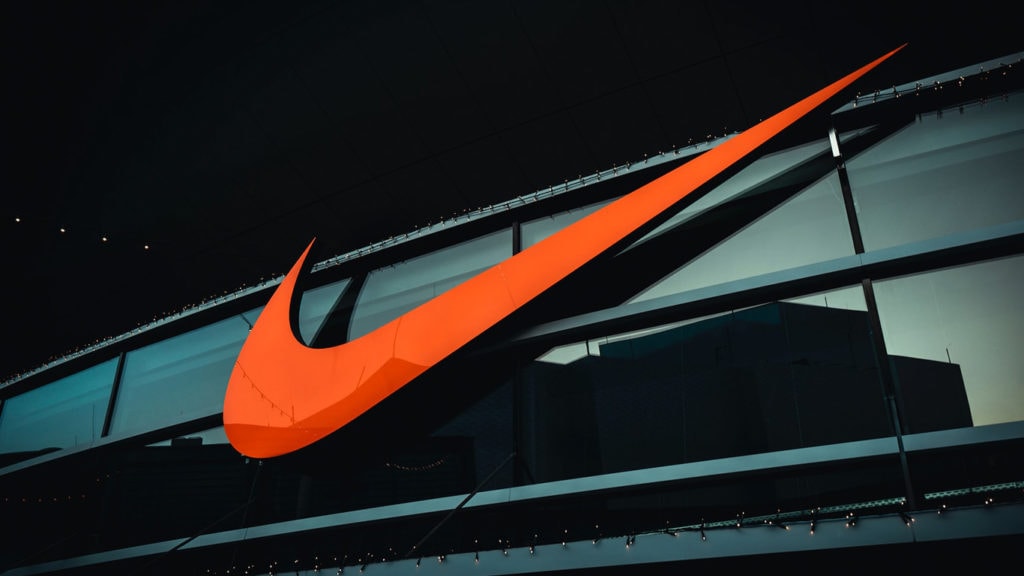
Look at the sports footwear industry, with countless brands vying for the spotlight. Amidst this crowd, Nike is probably one of the most inspirational.
It’s not just a shoe; it’s a badge of athleticism, perseverance, and victory.
Their famous slogan, “Just Do It,” isn’t merely about wearing their sneakers but is an encouragement to transcend limits and redefine boundaries.
While competitors focus on the technicalities of their footwear, Nike’s association with determination and success has made them a household name.
For many, buying a pair of Nike shoes isn’t just a purchase; it’s a commitment to personal excellence.
This powerful brand association has allowed them to stand out and be recognized in a competitive market, proving that in the game of branding, it’s the emotional connections that score the most points.
Factors Influencing Brand Association
With all the different aspects of branding, there lies an all-important question we often overlook: “Why?” Why do consumers think and feel a certain way about our brand?
At the heart of this ‘why’ is brand association.
To inspire trust, loyalty, and love for your brand, you must dig deeper and understand the factors that created these associations.
Quality of products/services.
Start with the “why.” The quality of what we offer directly reflects our brand’s purpose and values. When we prioritize excellence, it’s about creating a great product and fulfilling a promise to our consumers.
Quality conveys that we are invested in their needs and desires, developing a lasting trust association.
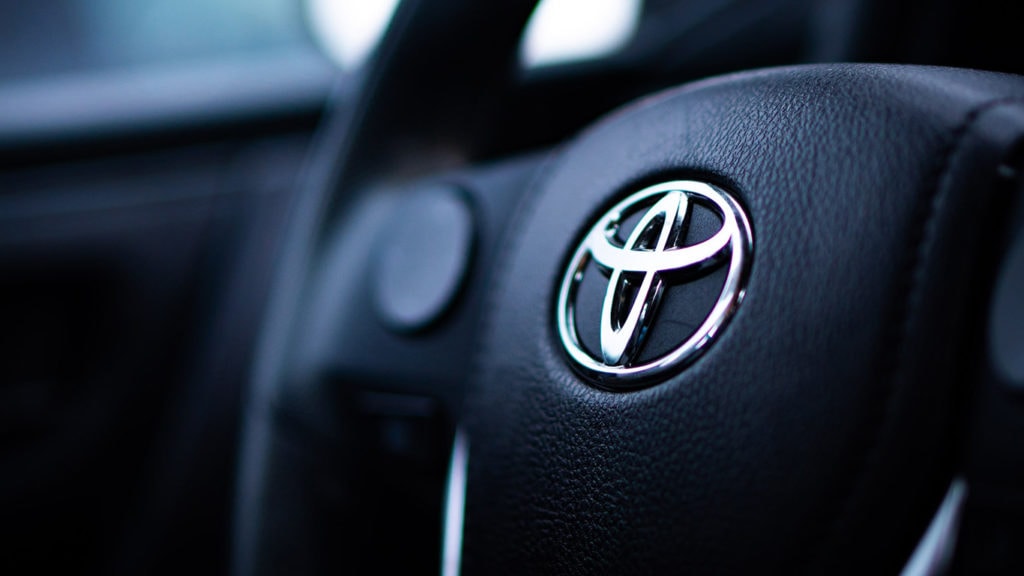
For instance, consider Toyota. The automobile giant is synonymous with reliability and durability; this didn’t happen accidentally.
They have consistently stressed the importance of quality in their vehicles, with initiatives like the “Toyota Production System,” which focuses on continuous improvement and eliminating waste.
Consumers have, over the years, recognized this commitment. This is clear when we consider how often people talk about how reliable they are and how long they last.
When people buy a Toyota, they’re not just investing in a vehicle; they’re investing in the promise of a car that will stand the test of time.
The brand’s emphasis on quality has cemented its reputation, ensuring that Toyota is often top-of-mind for consumers seeking dependable transportation.
That’s why many taxi and company vehicle fleets choose Toyota, and their resale values are among the best.
Marketing and advertisement campaigns.
Beyond the mere act of promoting our brand, marketing tells our brand’s story. It’s not what we say but “why” we say it that resonates.
Effective campaigns are rooted in genuine purpose, allowing consumers to connect with the deeper “why” behind our brand, thereby building meaningful associations.
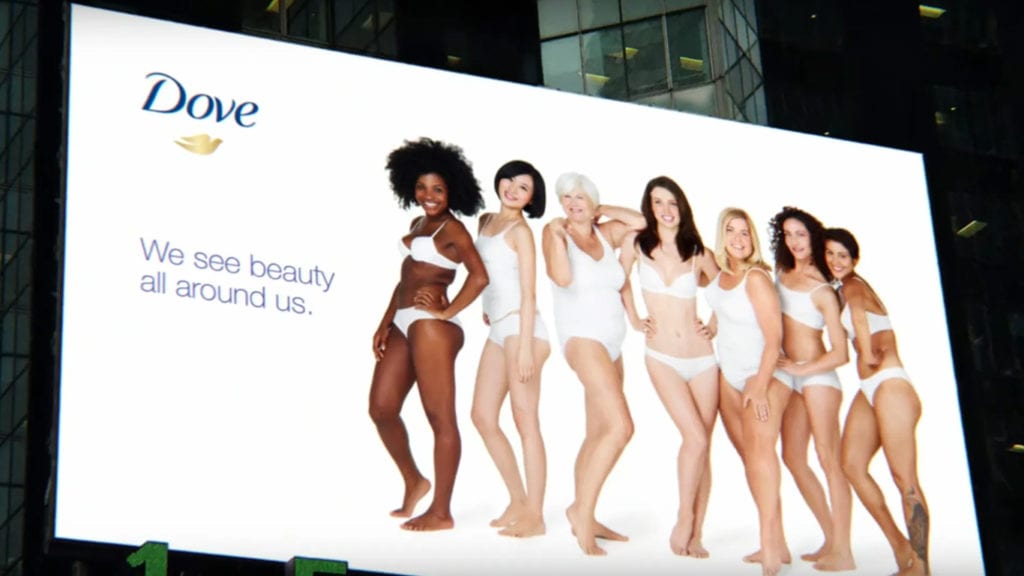
For instance, consider Dove with its “Real Beauty” campaign. Instead of focusing solely on the product’s attributes, Dove delved deep into addressing and challenging societal beauty standards.
Their advertisements showcased women of all shapes, sizes, ages, and ethnicities, emphasizing that every woman is beautiful in her unique way.
This wasn’t just about selling soaps or moisturizers but about changing perceptions and empowering women.
The “why” behind the campaign was clear: to redefine beauty standards and promote self-acceptance. This genuine purpose resonated deeply with consumers, enabling them to build a powerful and positive brand association with Dove.
It wasn’t just about skincare but a movement toward self-love and acceptance. Through this, Dove demonstrated the profound impact a purpose-driven campaign could have on sales and society.
Consumer experiences and word of mouth.
When a consumer has a memorable experience with our brand, it becomes a story they share. Word of mouth, driven by genuine experiences, becomes the testament to our brand’s purpose, shaping its association in the minds of many.
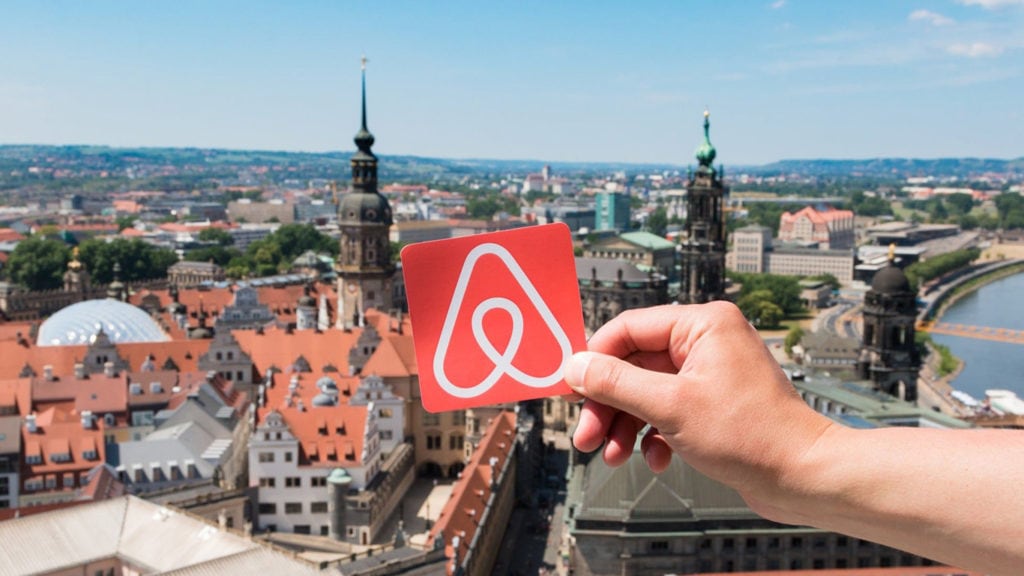
Take, for instance, Airbnb. Airbnb isn’t merely about providing lodging; it’s about the promise of unique, local experiences and the feeling of belonging anywhere.
When Brian Chesky and Joe Gebbia started the company, it stemmed from their personal challenge of not being able to afford the rent for their San Francisco loft.
They inadvertently started a movement of local, authentic travel experiences by offering travelers a place to stay.
Over time, users began sharing stories of memorable stays, cultural exchanges, and the unique sense of community they felt while using Airbnb.
This wasn’t just about a room but about feeling at home in a foreign land.
Such stories, shared in person and through online platforms, amplified Airbnb’s brand association as a lodging provider and a facilitator of authentic travel experiences.
This strong positive association, driven by user experiences and their subsequent word of mouth, has significantly influenced Airbnb’s immense global success.
Celebrity endorsements and sponsorships.
Aligning with celebrities or events is more than just gaining visibility. It’s about choosing partners who resonate with our “why.”
When a celebrity or event mirrors our brand’s values and purpose, it creates a harmonious association that amplifies our message in the public’s eye.
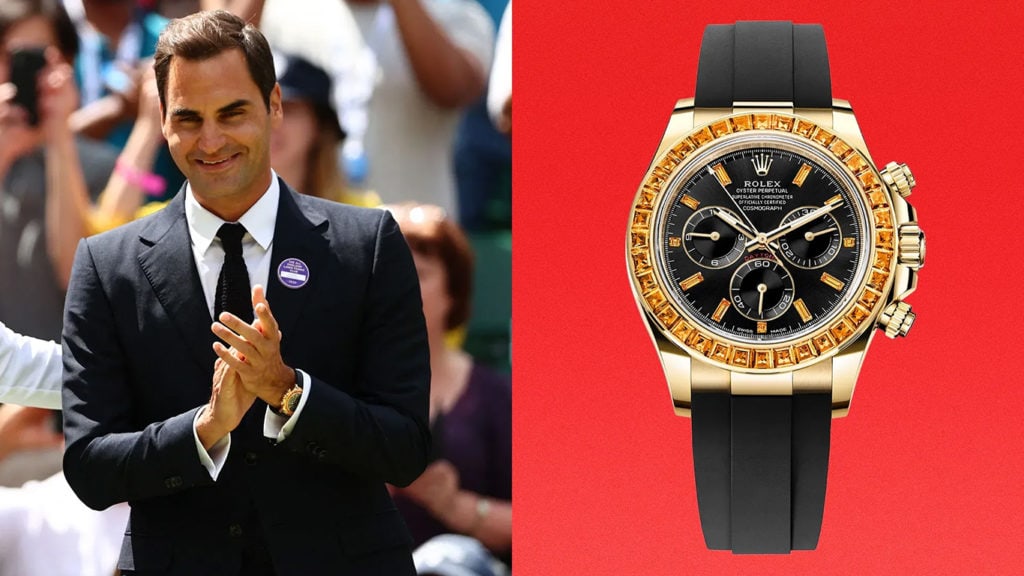
Consider the partnership between Rolex and the tennis world, particularly its long-standing association with tennis legend Roger Federer.
Rolex doesn’t just choose to sponsor any sport; it aligns itself with disciplines characterized by precision, excellence, and timelessness, attributes that the Rolex brand embodies.
Beyond being one of the greatest tennis players of all time, Federer exudes elegance, dedication, and a relentless pursuit of perfection, both on and off the court.
When fans see Federer’s wrist adorned with a Rolex timepiece, it feels natural and authentic.
This partnership does more than place a product on a prominent figure; it creates a symbiotic narrative where the athlete and the brand represent a commitment to excellence.
Through this association, Rolex effectively communicates its values, legacy, and dedication to precision, making the partnership a commercial endeavor and a strategic alignment of brand values.
Visual elements: logos, colors, and packaging.
Visual elements are the silent communicators of our “why.” Each color, design, and package should manifest our brand’s purpose. When consistently aligned, they become powerful symbols, evoking specific feelings and associations about our brand in consumers’ minds.

The iconic golden arches of McDonald’s are recognized worldwide. This logo, combined with the vibrant red background, is not just a visual symbol; it’s an emblem of fast food, consistency, and a global culinary experience.
The color choice is no accident, either. Red stimulates appetite, energy, and a sense of urgency, while the yellow arches symbolize happiness and the warmth of a meal.
On top of that, McDonald’s packaging reinforces this brand identity, from its fries container to its Happy Meal box.
For many, seeing a McDonald’s package brings back nostalgia, comfort, or even a sense of belonging, especially in foreign lands where a familiar meal can bring solace.
By ensuring that their visual elements, logo, colors, and packaging consistently reflect their brand’s promise of dependable taste and a universal dining experience, McDonald’s has etched a lasting impression in the minds of billions around the globe.
It doesn’t have to be the best food, but it has to be the best at being consistently good enough.
Positive vs. Negative Brand Association
In the intricate dance of brand perception, every step, every move, and every nuance matters. It’s not merely about what you do but also why you do it.
People don’t just buy products; they invest in the beliefs and values that products symbolize.
This emotional investment can swing both ways: to the brilliance of positive brand associations or the depths of negative ones.
Understanding the spectrum of brand associations is essential for any business aiming to inspire and lead in today’s market.
Examples of successful brands with strong positive brand associations.
LEGO, the beloved toy brick manufacturer, is a stellar example of positive brand association. Over the years, LEGO has built its reputation as a toy and a tool for creativity, imagination, and learning.
The brand consistently emphasizes values such as innovation, collaboration, and play. Its products are associated with quality, intergenerational fun, and endless possibilities.

Through its numerous thematic sets – from cities and castles to spaceships and famous landmarks – LEGO inspires builders of all ages, making them believe that they can construct entire worlds with a handful of bricks.
The company also fosters community through events, competitions, and the LEGO Ideas platform, where fans can submit their designs.
By consistently aligning its products and initiatives with positive values and experiences, LEGO has secured a unique and treasured spot in consumers’ hearts worldwide, ensuring that the mere sight of a LEGO brick invokes nostalgia, joy, and creativity.
Consequences of negative brand associations.
In 2017, a video went viral of an elderly passenger being forcibly dragged off an overbooked United Airlines flight.
This incident sparked widespread outrage, with many condemning the airline’s actions and handling of the situation.
The negative brand associations stemming from this single event were profound. United Airlines, once a trusted name in aviation, suddenly found itself associated with words like “inhumane,” “aggressive,” and “careless.”

Due to this negative brand association, United faced immediate backlash, including boycott threats, plummeting stock prices, and significant damage to its brand reputation.
They had to embark on a thorough journey of damage control, public apologies, and policy changes to rebuild trust with their customer base.
This incident serves as a reminder of how one mishandled event can lead to long-lasting negative brand associations, emphasizing the need for businesses to act responsibly, transparently, and always with their customers’ best interests at heart.
How even well-established brands can suffer due to a single negative incident.
It’s a delicate balance. No matter how iconic, brands are always one misstep away from losing their trusted status.
If misaligned with the brand’s core beliefs, a single event can cast a long shadow.
Brands like Pepsi faced considerable criticism for ads that missed the mark, reminding us that authenticity and alignment are paramount in maintaining positive associations.
Building Strong Brand Associations
Here are some tips you can use to help you build a stronger positive brand association with consumers in your market.
Consistency in branding efforts.
In branding, consistency isn’t about repetition but alignment with a shared vision.
Just as every action and decision in a purpose-driven organization revolves around a core belief, every brand’s touchpoint must echo its foundational ‘why.’
Consistency ensures that the message isn’t just heard but deeply felt and internalized by the audience.
Listening to consumer feedback and adapting.
True leaders and visionary brands understand they don’t have all the answers. By genuinely listening to consumers—a brand’s true north—they gain invaluable insights.
It’s about addressing complaints and celebrating the joy of a shared journey. Adapting based on feedback affirms a brand’s commitment to serving those who believe in its mission.
Storytelling and building a brand narrative.
Stories have the power to captivate, inspire, and connect. More than just a marketing tool, storytelling is the heartbeat of a brand that knows its ‘why.’
When brands share stories rooted in purpose and passion, they don’t just sell products; they ignite movements, foster communities, and inspire loyalty.
As individuals, we strive to have a wholly unique identity from anyone else. We craft and hone our personalities in that way, and the same should be done for your brand.
One way to craft a unique brand story is to begin with a brand association map that looks beyond your competitive landscape.
If you are a landscaping service, why not look to a brand such as Virgin to think about how your story and brand voice can offer a new modern experience to landscaping?
Authenticity and transparency in communications.
In an information age, authenticity isn’t optional—it’s imperative. When brands communicate with authenticity and transparency, they build trust.
It’s not about being flawless but genuine, revealing the brand’s essence, and standing firm in its purpose.
Collaborations and partnerships that align with brand values.
We can achieve good things alone, but we can change the world together, driven by a shared purpose.
Brands seeking collaborations and partnerships rooted in mutual values amplify their impact.
It’s more than a strategic alliance; it’s a testament to a brand’s commitment to its ‘why,’ fostering deeper connections and broadening its influence.
Building powerful brand associations isn’t just a strategic endeavor—it’s a purposeful journey.
It’s about understanding why a brand exists and ensuring that every interaction, story, and collaboration resonates with that purpose.
In doing so, brands don’t just occupy space in the market; they carve out spaces in people’s hearts.
Wrapping Up
In a world driven by choices, where brand loyalty is more fragile than ever, understanding the nuances of brand association becomes vital.
As Simon Sinek often professes, people don’t buy what you do; they buy why you do it. With this sentiment in mind, Malcolm Gladwell would remind us that tipping points in branding aren’t just about numbers but the quality of connections made.
As Tim Ferriss would prompt, how can we ‘hack’ our way to creating better, stronger, and more memorable brand associations? As we delve into the conclusion, let’s encapsulate our learning with insights from these three thought leaders.
The lasting impact of brand association on brand equity and loyalty.
Just as Simon Sinek’s Golden Circle theory emphasizes the ‘why’ behind actions, the essence of brand association gravitates towards the ‘why’ behind consumers’ choices; it’s not just about what your brand offers but the deeper emotional connection it fosters this connection is the backbone of brand equity and loyalty.
In the vast tapestry of branding, the brand association acts as the intricate stitch holding everything together. Each positive association augments a brand’s equity, lending it a more significant market presence and a stronger connection with its audience.
On the flip side, a negative association can erode this equity, causing even the most loyal customers to reconsider their allegiance. A brand isn’t merely a name; it’s an ensemble of associations, emotions, and experiences, each contributing to its equity and the loyalty it inspires.
Encouraging brands to invest time and resources in building positive associations.
Navigating the modern marketplace without a keen understanding of brand associations is like sailing a ship without a compass.
For brands to stand out, resonate, and be remembered, they must invest earnestly in crafting positive associations. This is not a mere add-on but a foundational investment. It’s about creating moments, weaving narratives, and consistently delivering value that melds seamlessly with the brand’s core ethos.
When a brand becomes more than a product and evolves into an experience, a story, or an emotion, it’s a testament to the power of well-crafted brand associations.
Frequently Asked Questions
What is brand association with example?
Brand association refers to the qualities or attributes consumers associate with a brand. For example, when people think of Nike, they might associate it with athleticism, motivation, and the slogan “Just Do It.”
What are the 3 types of brand associations?
The three types of brand associations are functional associations (related to the product’s performance, e.g., durability), symbolic associations (related to the user’s personal and social needs, e.g., prestige), and experiential associations (related to the user’s sensory or emotional connection, e.g., excitement).
What are the types of brand association?
Brand association types include functional, symbolic, and experiential associations, each influencing consumer perceptions and choices differently based on product performance, personal/social needs, and sensory/emotional connections.
What is the importance of brand association?
Brand association is crucial as it shapes consumer perceptions, influences purchasing decisions, and differentiates a brand from its competitors. Strong associations can increase brand loyalty and recall, facilitating long-term customer relationships.



